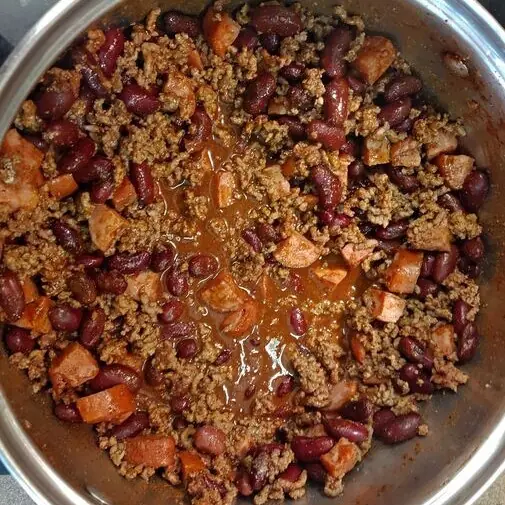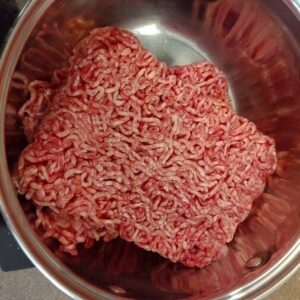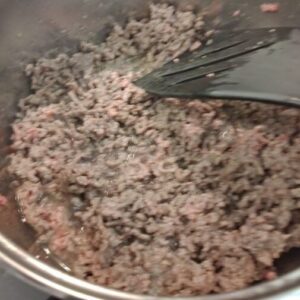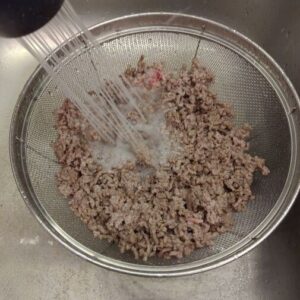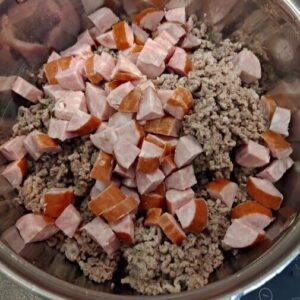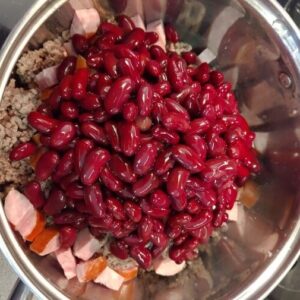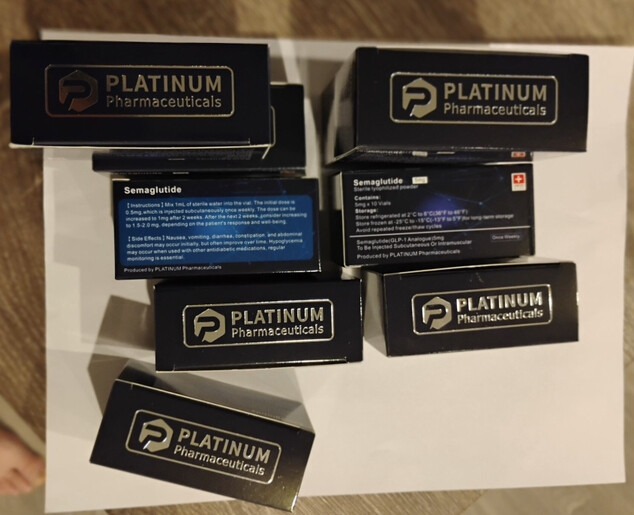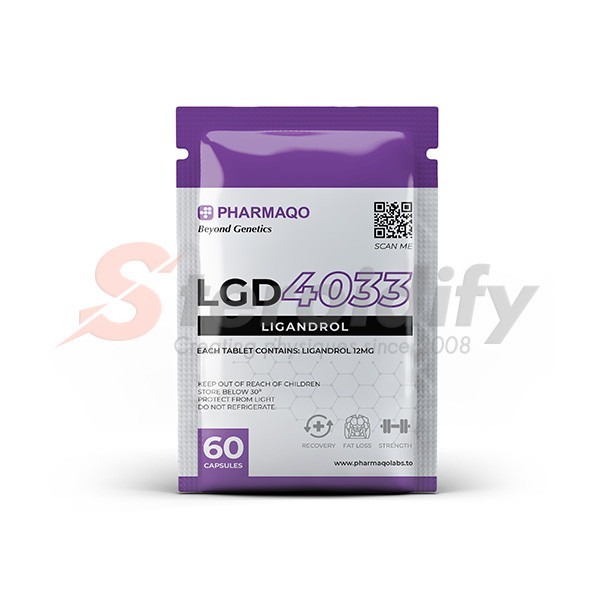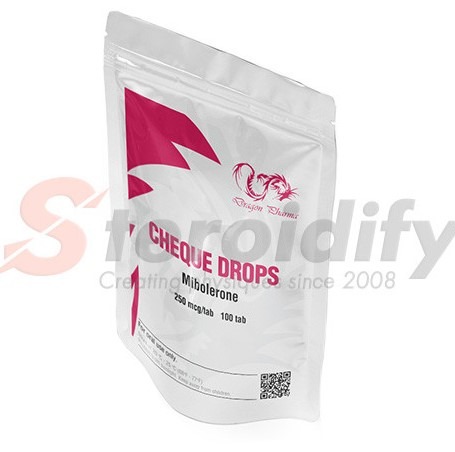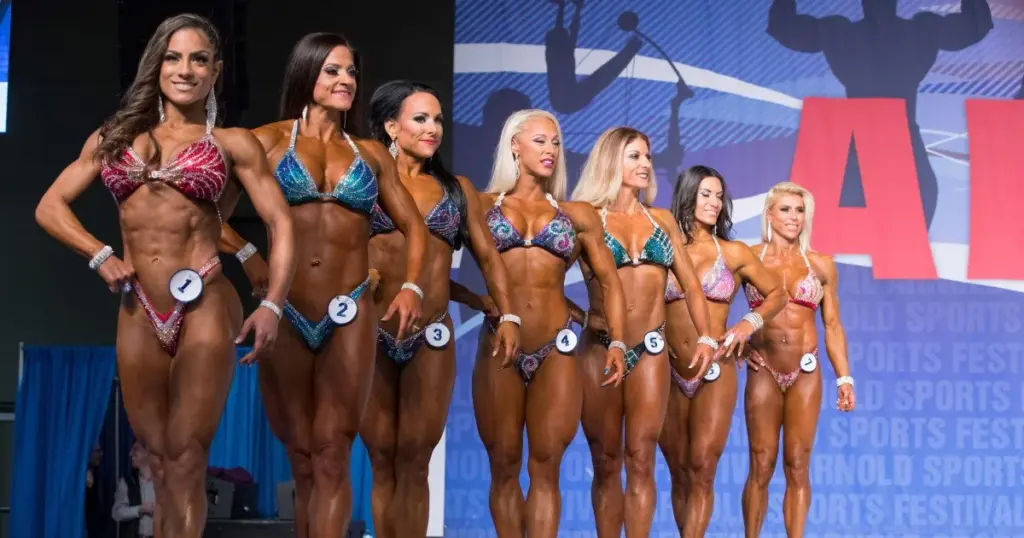
Bodybuilding, traditionally dominated by men, has seen a remarkable transformation through the inclusion and rise of female athletes. Women in female bodybuilding have not only challenged societal norms about beauty and femininity but have also highlighted the incredible athleticism, discipline, and dedication required in the sport. We explore the history, growth, and significant influence of female bodybuilders.
The Dawn of Female Bodybuilding
The roots of female bodybuilding can be traced back to the late 19th and early 20th centuries when physical culture was gaining popularity. However, it was not until the 1970s and 1980s that women’s bodybuilding began to emerge as a recognized discipline.
- 1970s: The first official women’s bodybuilding competition was held in 1978 by Henry McGhee, known as the U.S. Women’s National Physique Championship. This event was pivotal in legitimizing women’s participation in bodybuilding.
- 1980: The inaugural Ms. Olympia competition was held, with Rachel McLish taking the title. This competition became the female counterpart to the iconic Mr. Olympia, setting a high standard for the sport.
Prominent Figures in Female Bodybuilding
Several women have left an indelible mark on the sport:
- Rachel McLish: Often credited with popularizing women’s bodybuilding, she was not only the first Ms. Olympia but also brought grace and elegance to the stage.
- Cory Everson: Winning Ms. Olympia six consecutive times from 1984 to 1989, Everson’s physique was seen as the epitome of female bodybuilding in its early days.
- Lenda Murray: With eight Ms. Olympia wins, Murray’s era in the ’90s showcased a shift towards more muscular and defined physiques, pushing the boundaries of what was expected from female bodybuilders.
- Iris Kyle: Known for her unprecedented 10 Ms. Olympia titles, Kyle has dominated the competition in recent years, illustrating the evolution towards even greater muscle mass and definition.
Challenges and Controversies
The journey for women in bodybuilding has not been without its challenges:
- Body Image and Femininity: There has always been a debate about how muscular a woman should get to remain ‘feminine.’ This has led to fluctuating standards in competitions where judges’ preferences could shift towards less muscular figures or maintain the trend towards more defined and bulkier physiques.
- Health Concerns: The intense training and sometimes extreme dieting or use of supplements have sparked discussions about the long-term health implications for female bodybuilders.
- Media and Public Perception: Women in bodybuilding often faced criticism or misunderstanding from media and public, who sometimes viewed their muscularity as unfeminine or unnatural.
Modern Era and Diversity
- Fitness and Figure Competitions: These categories were introduced to provide alternatives for women who wanted to compete with less emphasis on sheer muscle mass, offering a broader platform for participation.
- Inclusivity: The 21st century has brought about a more inclusive environment where women of all body types and ethnic backgrounds are celebrated, broadening the appeal of bodybuilding beyond traditional boundaries.
- Social Media Influence: Platforms like Instagram have empowered female bodybuilders to share their journeys, training tips, and personal stories, fostering a community and support system that was less accessible in earlier decades.
Female bodybuilding has come a long way from its inception. It has not only carved a space for women in a previously male-dominated sport but has also redefined athletic standards, altered perceptions of beauty, and inspired countless individuals. The legacy of the women who pioneered this field continues to influence modern athletes, proving that strength, in all its forms, is beautiful. As the sport evolves, the focus remains on health, empowerment, and the celebration of the female form in all its muscular glory.


